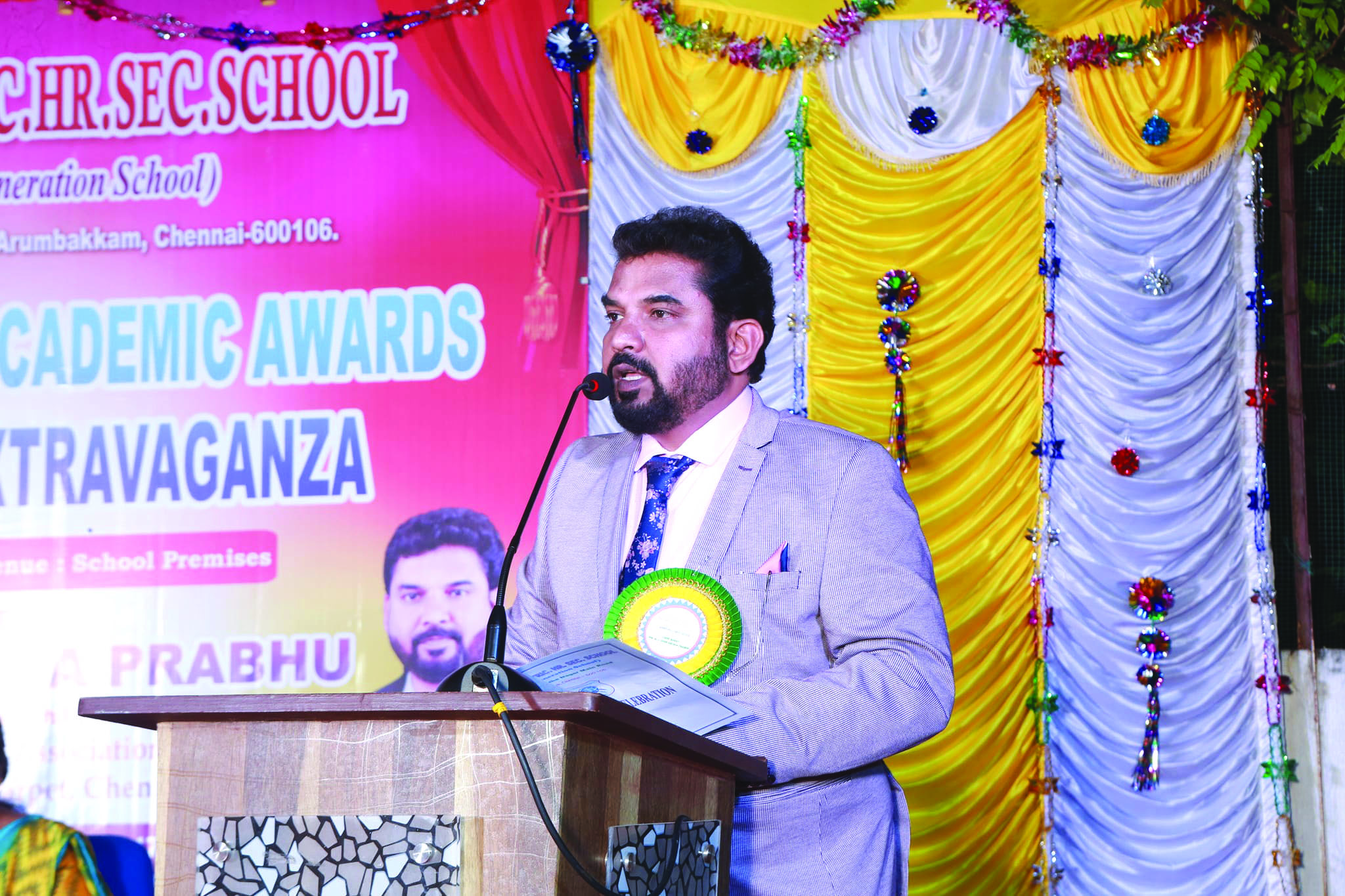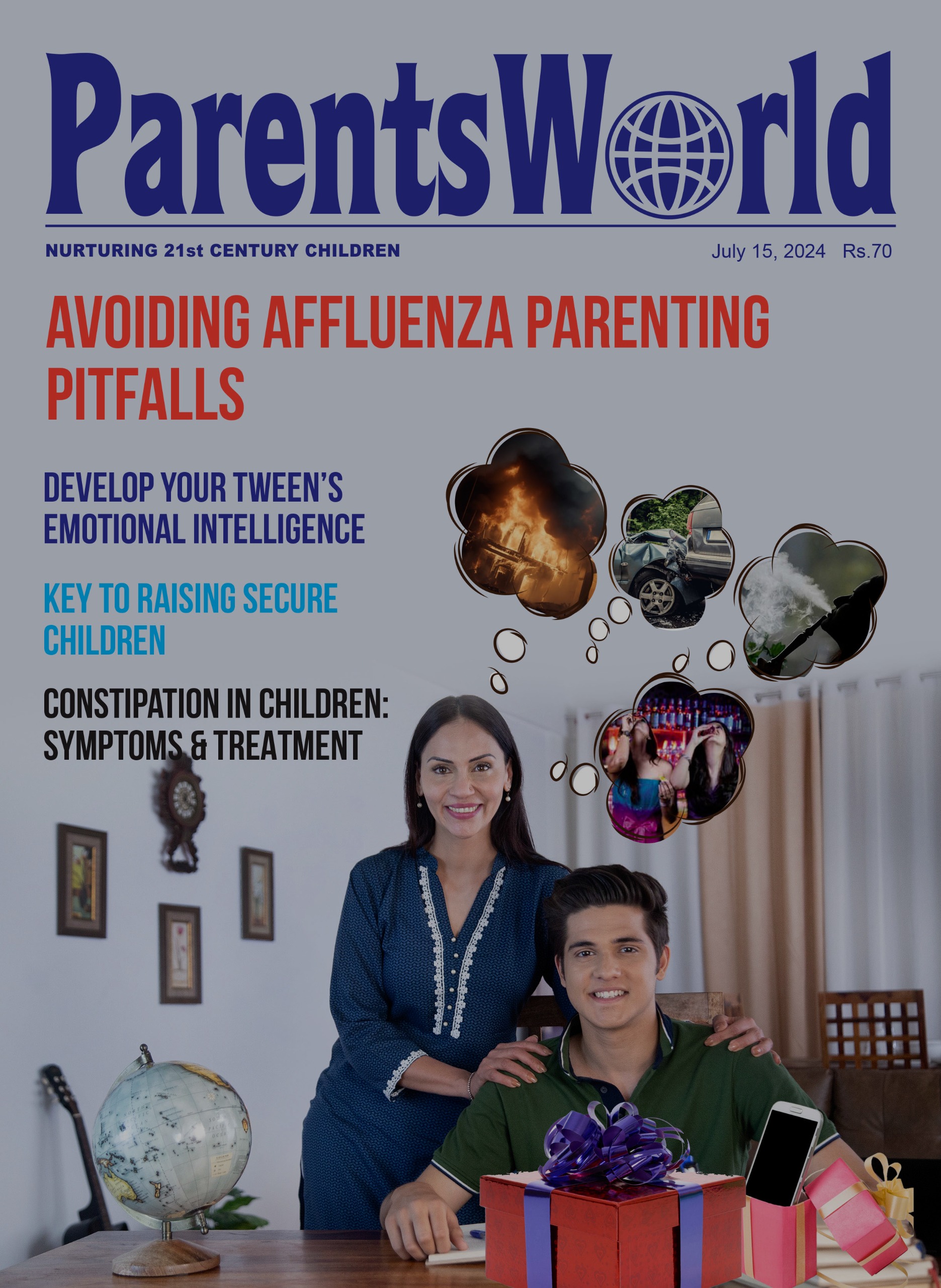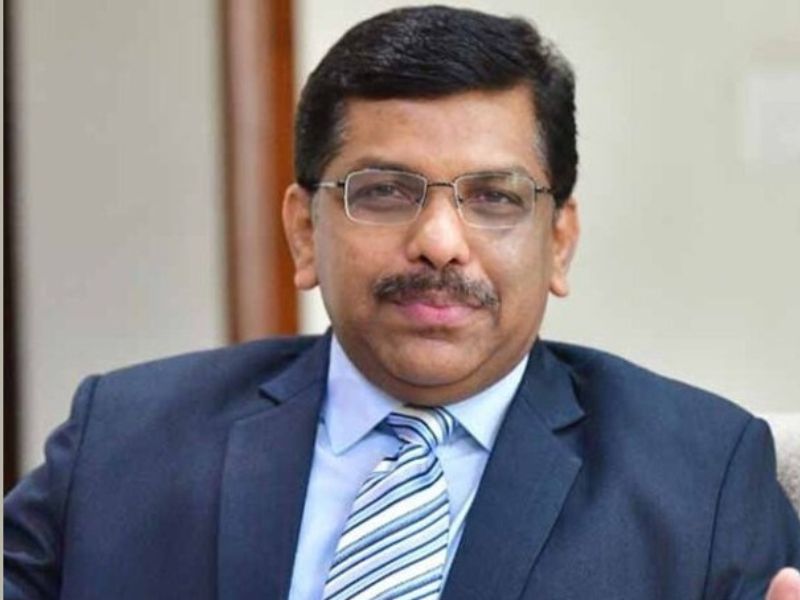Shivani Chaturvedi (Chennai)

John Prabhu: urgency call
Although politically BJP, the ruling party at the Centre, and DMK, the ruling party in Tamil Nadu (pop.77 million), are at daggers drawn, the Tamil Nadu government has signalled an intent to embrace the Prime Minister Schools for Rising India (PM-SHRI) programme, launched in September, 2022.
In an official statement dated March 15, the state government declared that it will sign a Memorandum of Understanding (MoU) to implement PM-SHRI in state government schools before the commencement of the 2024-25 academic year. Following this declaration, state school education minister Anbil Mahesh Poyyamozhi said that its primary attraction is the funds allocated under the scheme to states — ranging from Rs.1,200 crore in 2024-25 to Rs.3,800 crore in following years.
Nevertheless, Poyyamozhi made it clear that signing the MoU should not be interpreted as acceptance of the National Education Policy (NEP) 2020. “Our objective is to get education shifted to the state list, and we will work towards achieving this goal. We are drawing up our own state education policy. We will never accept the NEP,” he said, simultaneously expressing the state government’s intent to “maintain a dialogue” with the Union education ministry.
According to the website of the Department of School Education and Literacy of the Union education ministry, the PM-SHRI scheme, launched by Prime Minister Narendra Modi 18 months ago, is “an initiative intended to develop more than 14,500 PM-SHRI schools managed by the Central government/state/UT Government/local bodies including KVs and NVs in which every student feels welcomed and cared for, where a safe and stimulating environment exists, where a wide range of learning experiences are offered, and where good physical infrastructure and appropriate resources conducive to learning are available to all students”. The scheme envisages substantial investment in selected PM-SHRI schools proposed to be established over five years — 2022-23 to 2026-27. The total allocation for the scheme is Rs.27,360 crore, with the Centre contributing Rs.18,128 crore, and the remainder from state governments.
However the Tamil Nadu government’s MoU with the Centre to implement the PM-SHRI Schools scheme has elicited scepticism. “One of the primary goals of the scheme is to upgrade existing schools to exemplary standards to serve as role models. However, a significant proportion of government schools are grappling with low student attendance and enrollment right now. Therefore, improving them over five years is too long a period. By the end of five years, there may not be enough students left to benefit,” says advocate MJ John Arokia Prabhu, vice president of the Tamil Nadu Private Schools Association.
According to Prabhu, low attendance and continuous flight from Tamil Nadu’s 39,000 government schools are the outcome of infrastructure deficiencies, poor quality education, and lack of community engagement. These issues need to be urgently addressed so that the benefits of the scheme can be realised. “Merely designating them as PM-SHRI Schools without first rectifying these underlying problems won’t serve any purpose,” says Prabhu.
“This scheme is an experiment for implementing NEP 2020. But it proposes to upgrade only 14,500 schools nationwide over five years. In light of the constitutional mandate to provide every child with equal educational opportunities, this scheme fails the test of fairness and equity. The PM-SHRI Schools will instead widen existing disparities in access to quality education,” argues Prince Gajendra Babu, general secretary of the State Platform for Common School System, Tamil Nadu.
Quite obviously, the motivation of the state government to sign the MoU is to get what funding it can from the Centre for establishing model, utopian schools. But the amount allocated — Rs.27,360 crore over five years — is too small to make an impact. Moreover, the target is to upgrade only 14,500 government schools out of 1.10 million countrywide. Self-evidently, this scheme has all the hallmarks of window-dressing for political rather than educational purposes.
























